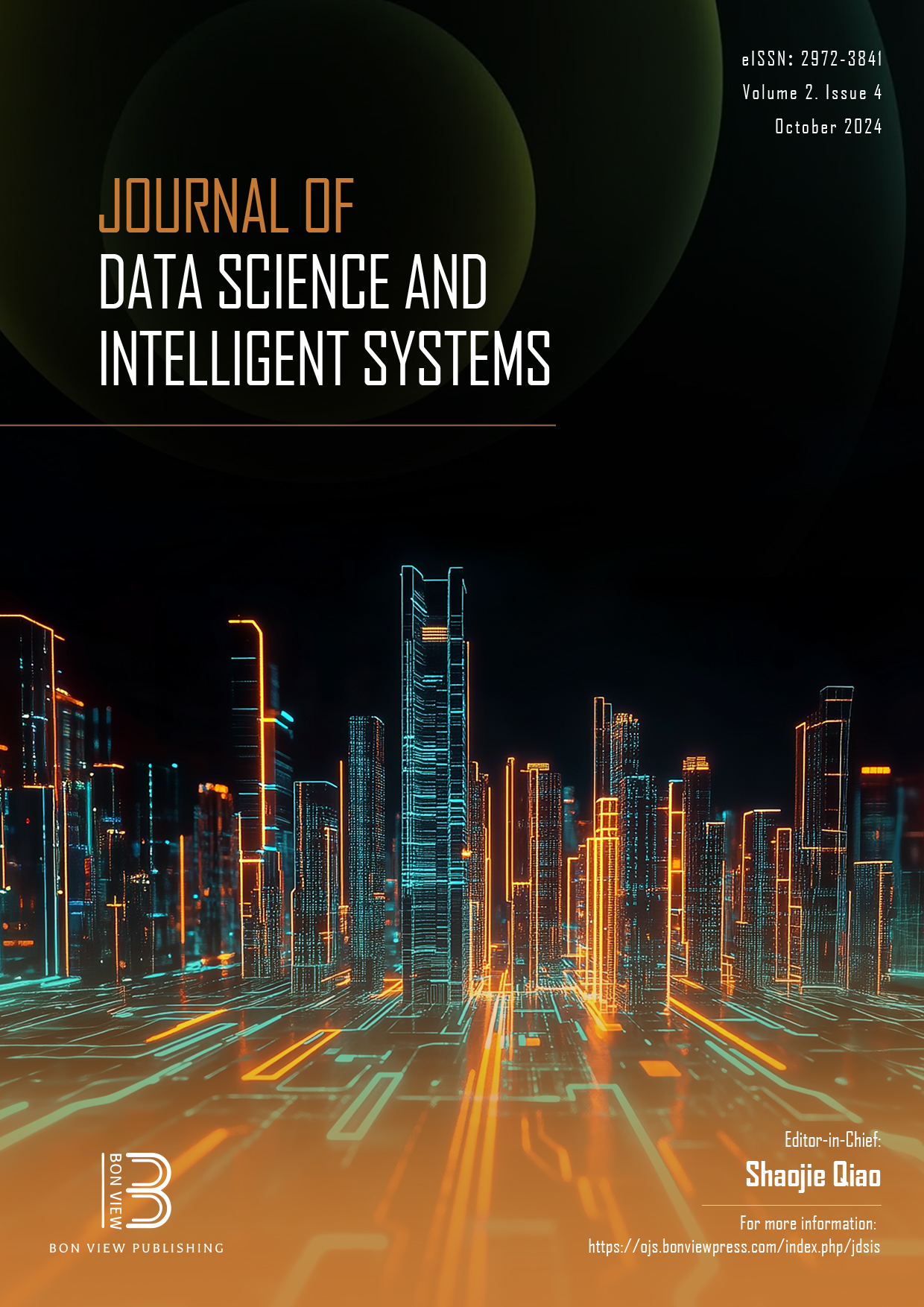ResNet for Histopathologic Cancer Detection, the Deeper, the Better?
DOI:
https://doi.org/10.47852/bonviewJDSIS3202744Keywords:
histopathological cancer, image classification, residual neural network, transfer learningAbstract
Histopathological image classification has become one of the most challenging tasks for researchers, due to the varied categories and detailed differences within diseases. In this study, we investigate the critical role of network depth in histopathological image classification, utilizing deep residual convolutional neural networks (ResNet). We evaluate the efficacy of two transfer learning strategies using ResNet with varying layers (18, 34, 50, 152) pretrained on ImageNet. Specifically, we analyze whether a deeper network or the fine-tuning of all layers in pre-trained ResNets enhances performance compared to freezing most layers and training only the last layer. Conducted on Kaggle's dataset of 220,025 labeled histopathology patches, our findings reveal that increasing the depth of ResNet does not guarantee better accuracy (ResNet-34 AUC: 0.992 vs. ResNet-152 AUC: 0.989). Instead, dataset-specific semantic features and the cost of training should guide model selection. Furthermore, deep ResNet outperforms traditional logistic regression (ResNet AUC: up to 0.992 vs. logistic regression AUC: 0.775), showcasing superior generalization and robustness. Notably, the strategy of freezing most layers doesn't improve the accuracy and efficiency of transfer learning and the performance of both transfer strategies depends largely on the types of data. Overall, both methods produce satisfactory results in comparison to models trained from scratch or conventional machine learning models.
Received: 17 January 2023 | Revised: 27 February 2023 | Accepted: 28 February 2023
Conflicts of Interest
The authors declare that they have no conflicts of interest to this work.
Data Availability Statement
The data that support the findings of this study are openly available in Kaggle HCD at https://www.kaggle.com/datasets/drbeane/hcd-cropped.
Author Contribution Statement
Ziying Wang: Methodology, Software, Formal analysis, Investigation, Data curation, Writing - original draft, Visualization. Jinghong Gao: Methodology, Software, Formal analysis, Writing - original draft, Visualization. Hangyi Kan: Validation, Investigation. Yang Huang: Formal analysis. Furong Tang: Writing - review & editing, Funding acquisition. Wen Li: Conceptualization, Resources, Data curation, Supervision, Project administration. Fenglong Yang: Conceptualization, Writing - review & editing, Supervision, Project administration, Funding acquisition.
Downloads
Published
Issue
Section
License
Copyright (c) 2023 Authors

This work is licensed under a Creative Commons Attribution 4.0 International License.
How to Cite
Funding data
-
National Natural Science Foundation of China
Grant numbers 62102065 -
National Natural Science Foundation of China
Grant numbers 62271353 -
National Natural Science Foundation of China
Grant numbers 62001311 -
Natural Science Foundation of Sichuan Province
Grant numbers 2022NSFSC0926


